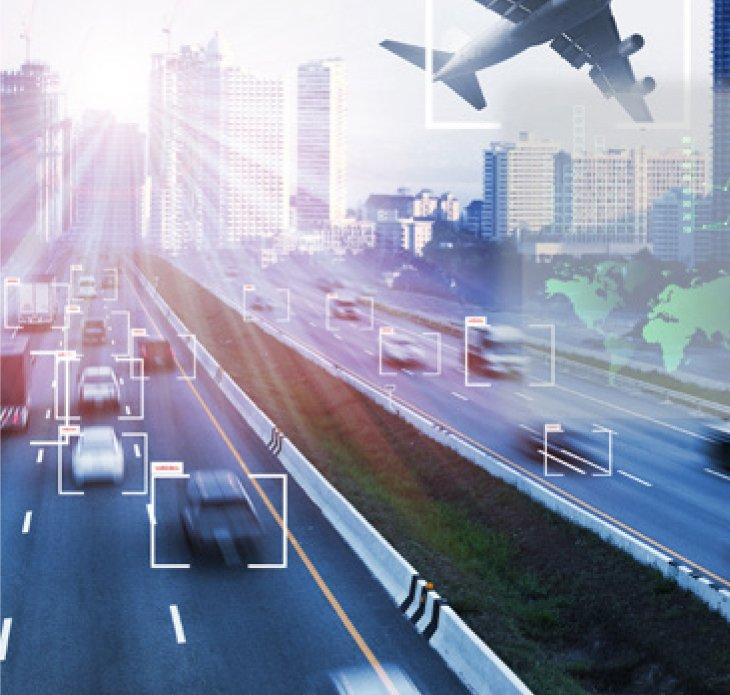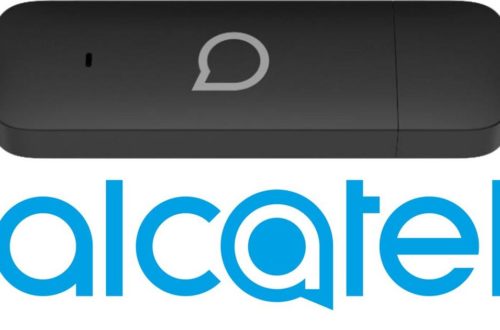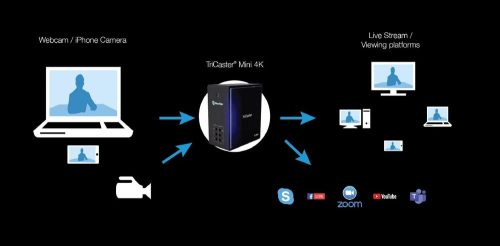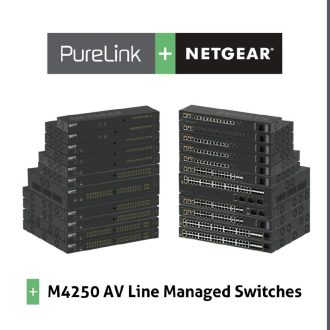
Storage solutions for AI from Innodisk for edge applications
If all the collected data is to be transferred to the cloud, this will lead to long latency period. Even though connection speeds are steadily increasing, for example with the new 5G technology, the exponentially growing amounts of data cannot be processed. Latency increases and the overall performance of the system suffers. The use of AI counteracts this and leads to new technological innovations such as the optimization of road traffic in cities, improved financial services and increased public safety. The use of AIoT components takes place in very different conditions and can be anywhere, in vehicles, on board aircraft or in factories and oil production facilities in the desert. This requires component manufacturing to be flexible and adaptable. AI reduces the human factor in a decision-making process. System integrators must therefore guarantee high-quality components, because in the event of an accident, the human factor will be eliminated, and then there cannot necessarily be a clear apportionment of blame.
The IoT in its pure form only collects data with little or no computation and analysis. All data is sent to the cloud without any prior analysis, which increases the volume of data there immensely. But, not all data is equally important. In the case of security footage, for example, it does not make sense to send all data to the cloud if it still images with unaltered backgrounds. Only the data where people or objects are moving is interesting. In this case, sending all data to the cloud for analysis would waste large amounts of bandwidth that could be used for other applications.
AI at the edge can potentially require a lot of computing power to ensure adequate performance. Standard storage components may be able to provide the required performance, but they are not designed for the harsh conditions at this location. For example, a traffic monitoring system on the road is subject to temperature fluctuations between day and night and between summer and winter, systems in vehicles must withstand shock and vibration, industrial environments have elevated pollution levels, etc.
An AIoT application at the edge is usually a small IPC with a built-in industrial-grade CPU. For real-time data analysis, this CPU needs adequate support in the form of flash memory and DRAM. Industrial-grade memory components are essential for implementing AI in the Edge. The first step is to identify the risks at each data collection point. The components can then be customized to meet the specific needs of the application.
Cities are growing and as a result, traffic in cities is increasing, leading to more congestion. Monitoring and modifying traffic based on real-time data greatly improves traffic safety and flow. This is done through monitoring devices that are equipment strategically placed in the city. The first stage of analysis is done by local AI platforms in the outskirts of the city. This includes detecting vehicles and assessing traffic flow. This allows each platform to decide for itself how to process the data based on the analysis, such as whether the number of vehicles is increasing and there is a risk of congestion. All the important data can then be sent to the cloud, where actions such as rerouting traffic, changing speed limits and adjusting traffic lights can be taken based on the data.
Nevertheless, AI can also significantly optimize fleet management process. Monitoring a large fleet of vehicles can be difficult, but there are many ways to optimize operations. These include reducing fuel costs, vehicle maintenance, and general monitoring of driving behavior. Current tracking systems mostly operate on the basis of GPS, which is not available everywhere. Therefore, such a system does not provide data in a tunnel. A GPS system is also useless inside buildings or other areas with poor satellite coverage and for determining the meters of elevation in which the vehicle is moving. However, there are other sources of data that can give an indication of the vehicle’s position: For one, vehicle speed and tire rotation speed can be constantly monitored and recorded. An in-vehicle AI platform can then calculate the vehicle’s position at a given time by using these parameters to compensate for incomplete GPS data. This technology is called automotive dead reckoning or DR. Finally, the data can be sent back to the vehicle via wireless networks.
With autonomous driving, one must assume that the driver no longer intervenes in what is happening on the road. At the same time, the traffic situation is constantly changing, and many unexpected factors occur. For this reason, an autonomous vehicle must be able to make split-second decisions when sudden changes occur. Where humans rely on their senses, robot collect all kinds of data via a multitude of sensors to process it into a coherent picture of the overall situation at a given moment. In this process, the data from the cloud is not relevant as it is available too late when a decision needs to be made due to latency. The in-vehicle AI platform that performs these complex calculations relies on components that can function in all weather and physical conditions without sacrificing performance. To avoid accidents with autonomous vehicles, the devices must operate with minimal probability of failure and with sufficient support.
AI will proliferate in many aspects of our lives. It will also replace human operators in many scenarios, further increasing the need for robust systems that can handle all relevant environmental requirements. Equipping AI platforms with industrial-grade storage solutions ensures that the hardware is up to the task. These memories are one of the key components in building the IoT of the future. As a leading provider of industrial embedded flash and memory solutions, Innodisk focuses on solutions in the areas of AI, IoT and edge computing. In the development of the various DRAM and SSD technologies, resilience and system recovery are a high priority, as the number of system failures must be close to zero, especially in edge computing
AI will penetrate many areas of our lives. It will also replace human operators in many scenarios, further increasing the need for robust systems that can meet all relevant environmental requirements. Equipping AI platforms with industrial-grade storage solutions ensures that the hardware is up to the task. These memories are one of the key components in building the IoT of the future. As a leading provider of industrial embedded flash and memory solutions, Innodisk focuses on solutions in the areas of AI, IoT and edge computing. In the development of the various DRAM and SSD technologies, resilience and system recovery are a high priority, as the number of system failures must be close to zero, especially in edge computing.
#Innodisk #AI #DRAM #SSD
Innodisk Europe B.V.
Pisanostraat 57
NL5623CB Eindhoven
Telefon: +49 (152) 5100 6027
http://www.innodisk.com/
Telefon: +886 277033000
E-Mail: Yvonne_Liu@innodisk.com
Marcom360
Telefon: +49 (7083) 933745
E-Mail: edgar.huber@marcom360.de
Joyce Srithananan +31-40-200-20-17 joyce_srithananan@innodisk.com
Telefon: +31 (40) 20020-17
E-Mail: joyce_srithananan@innodisk.com
![]()




